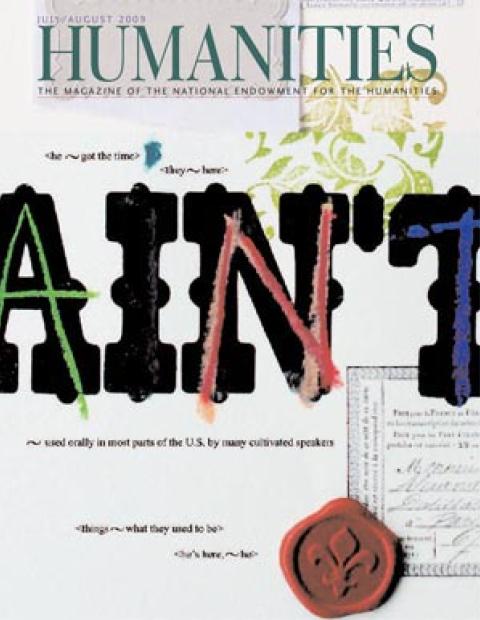Coon Rapids, Iowa, was crawling with spies.
It was September 23, 1959, the day that Soviet Premier Nikita S. Khrushchev came to town to visit his friend, seed corn salesman Roswell Garst, and to witness cutting-edge American agricultural technology. The event drew hundreds of reporters and thousands of curiosity-seekers eager to catch a glimpse of the world’s leading Communist.
“The father of a friend of mine said that everyone I saw around Coon Rapids wearing a tie who I didn’t know was a spy,” says Liz Garst, Roswell’s granddaughter who was eight years old at the time. “I spent a lot of time checking out the cool spies on Main Street.”
Fifty years later, Liz and her sister Rachel are helping to remember that day with a three-day celebration titled “Khrushchev in Iowa.” William Taubman, author of the Pulitzer Prize-winning biography Khrushchev: The Man and His Era, kicks off the event with a talk on August 27 at Drake University in Des Moines. Following is a conference at the Hotel Fort Des Moines the next day, and a number of activities in Coon Rapids on Sunday, August 29. It’s a chance to commemorate what some historians see as the first thaw in the Cold War. If so, some credit must go to Roswell Garst, a man who, Liz says, “made the world very interesting.”
“My grandfather thought he could do anything he wanted,” Liz said. “He was the sort of guy who would write the Pope letters or get on the train to yell at the secretary of agriculture. He thought that what he said could influence things.” His big chance came through an unusual combination of factors.
Khrushchev had a problem: how to help the Soviet Union feed itself. He concluded that his country needed a corn belt and set about learning more about American agriculture.
A series of exchanges between the U.S. and the Soviet Union were arranged. Garst ended up showing the head of one Soviet delegation his farm and seed company in Coon Rapids, and in return was asked to visit the Soviet Union. During the trip, he and Khrushchev met and hit it off.
“Not only did Khrushchev learn much from Garst about growing corn, he liked him no end as a person,” says Taubman. “Both men loved to gab. Khrushchev relished Garst’s cantankerousness, especially when it justified his own, such as when Garst bawled out Soviet farmers for sowing corn without fertilizing the soil.”
Some Americans criticized Garst for trading with the enemy, and some claimed he was a Communist. Liz says her grandfather was simply a good capitalist who was doing what was right for business.
The Khrushchevs landed in the United States on September 15, 1959. Their twelve-day trip included stops in New York, Washington, D.C., Los Angeles, and Camp David. Garst was the only individual the premier met with besides President Eisenhower.
Press coverage of the trip stirred excitement among the Soviet people, including Humanities Iowa board president Valentina Fominykh, who, as a child in Kazakhstan, remembered the pictures of Iowa cornfields as being “spectacular.” But Khrushchev was never able to replicate those cornfields back home.
Perhaps a greater legacy is the power of the individual to make a difference. “Roswell represented the first thaw in the Cold War,” Liz says. “He did it through the force of his will. We’re hoping that focusing on this anniversary will help young people to hear that message.”

